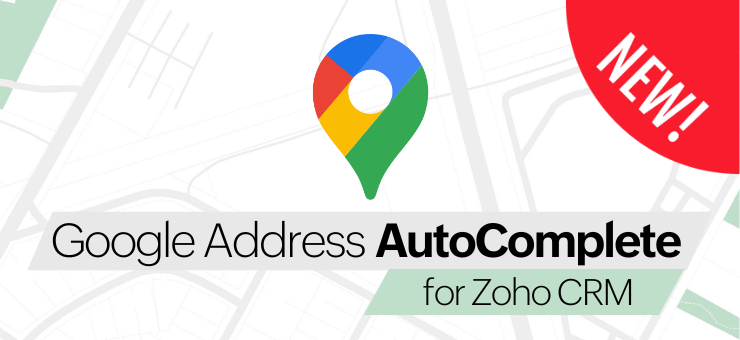Zoho CRM has introduced a powerful new way to build modules effortlessly using Zia’s LLM (Large Language Model). In this guide, we’ll walk you through how to create a module in Zoho CRM using Zia LLM, cutting down setup time and improving your CRM organization.
Why Use Zia LLM for Module Creation?
Creating modules manually in Zoho CRM can be time-consuming. With Zia’s AI capabilities, you can generate an entire module from just a simple natural language prompt. This means faster setup, fewer mistakes, and even new ideas for fields you might not have considered.
Using the Create Module in Zoho CRM Using Zia LLM functionality:
- Saves significant time.
- Offers AI-driven suggestions based on best practices.
- Reduces manual errors in initial module creation.
Quick Setup Overview
To build your module using Zia, the basic workflow is:
- Enable Zia LLM under the smart prompts settings.
- Switch to the CRM for Everyone UI (mandatory for access).
- Generate a module by inputting a simple natural language prompt.
- Review and approve the AI-generated module structure.
- Customize further as needed.
Step-by-Step: How to Create a Module Using Zia LLM
1. Enable Smart Prompts and Zia LLM
First, make sure you’re using the “CRM for Everyone” UI. Head over to the Smart Prompts settings and activate Zia LLM. This step is essential to unlock the AI module builder.
Pro Tip: You can also link it with OpenAI if desired, but keeping everything within Zoho’s ecosystem simplifies management.
2. Navigate to Modules and Fields
Go to your CRM settings, then to Modules and Fields. You’ll now see a new option: “Create Module using Zia” at the top right.
3. Generate a Prompt
Good prompts lead to good modules. You can use AI tools like ChatGPT to craft an effective module creation prompt. For example:
“Create a module called ‘Change Order’ to track scope change requests, review, approve, and log changes linked to deals.”
Zia will automatically interpret this and generate a structured module based on your description.
4. Review the AI Suggestions
Zia will create:
- Essential fields like Owner, Module ID, linked Deal field.
- Lookups to related records (e.g., Contacts).
- Status fields (e.g., Pending, Approved, Rejected).
Important: Carefully review lookups and related list names. Rename fields for clarity and relevance. Delete any unrelated fields (like a lookup to Leads, if unnecessary).
5. Final Customizations and Deployment
After reviewing, you can:
- Add or remove fields.
- Adjust picklist options (e.g., adding “In Review” to status).
- Set role and profile permissions.
Once satisfied, click Create, and your new module will be live in your CRM!
Key Tips for Success
- Always review related list names: Clean, descriptive titles make CRM management easier.
- Customize post-creation: Add functions, workflows, or additional fields to enhance module performance.
- Use AI as a partner: While Zia offers a great starting point, your expert touch ensures the module fits your exact needs.
For more Zoho CRM resources, click here.





